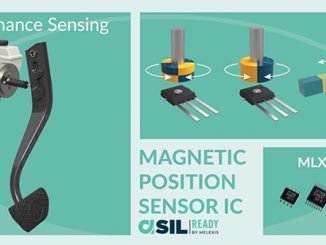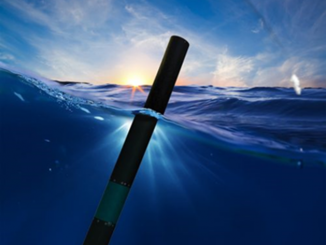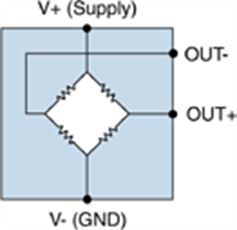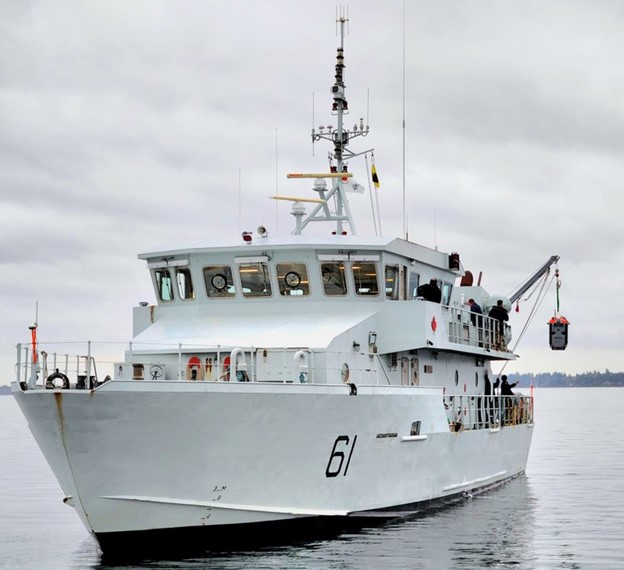
Measuring the magnetic signature of a ship can be cumbersome and time-consuming, yet critical for protection of naval vessels from underwater explosives. Now a Canadian robotics company, with the help of a neighboring marine geophysical firm’s specialized magnetometer, has developed an underwater drone designed to ease the task. It recently completed sea trials off the coast of British Columbia in concert with the Royal Canadian Navy.
The tests were conducted in late 2022, reports Cellula Robotics, developer of the Imotus-S underwater autonomous vehicle which enables deployed vessels to easily monitor their magnetic and acoustic signature in a timely manner without having to leave station. The sea trials, executed in the Saanich Inlet over the course of two weeks in November, served to meet various project milestones including acoustic ranging, magnetic ranging, and understanding safe distance to the vessel while maintaining control authority. The demonstration provided training of test department staff with handling and operating the Imotus-S drone and was run with the support of a Royal Canadian Navy Orca class vessel, PCT Cougar, as part of Cellula’s ongoing work with the Department of National Defence.
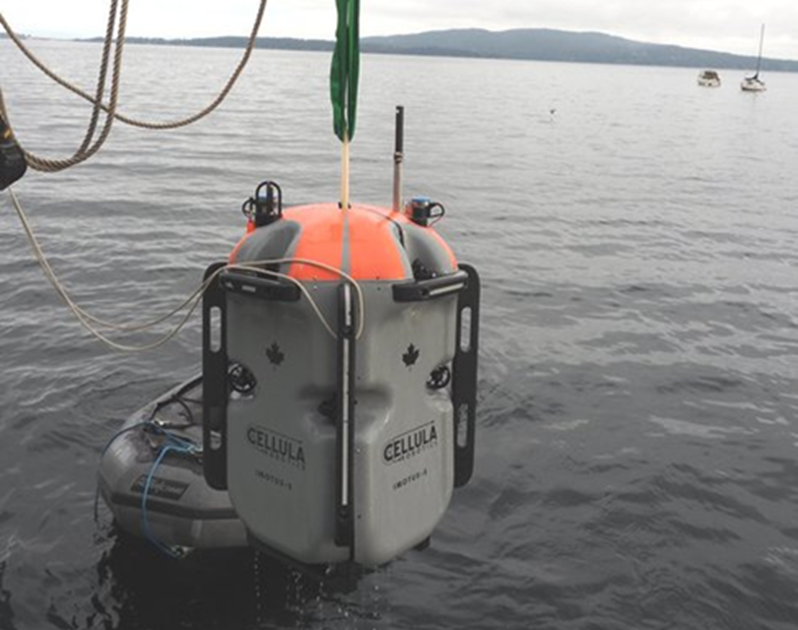
“Seeing Imotus-S being deployed from and working in tandem with the Orca vessel has been a fantastic step in Cellula’s signature measurement program” said Jacqueline Nichols, business development manager for Cellula, which is located in Burnaby, British Columbia. “In conjunction with the invaluable feedback received to date, the opportunity of working closely with DND throughout the program enabled us to understand the challenges for signature measurement and management.”
“Since the Imotus-S project announcement, we’ve been looking forward to open water testing and deploying Imotus-S off an Orca class vessel” said Warren Priyadamkol, project engineer at DND. “With the successful completion of the sea trials, we will now focus on analyzing the data sets obtained from the AUV.” In-depth analysis of the recorded data, including comparison to known acoustic and magnetic signatures of the Orca vessel is ongoing from the test department. Discussions and feedback from the trials will move the Imotus-S program one step closer to the establishment of an autonomous underwater ranging capability.
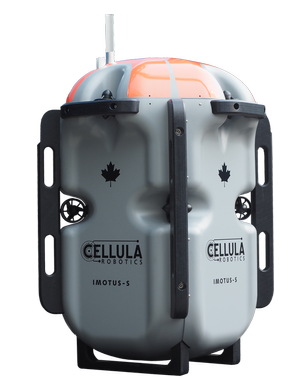
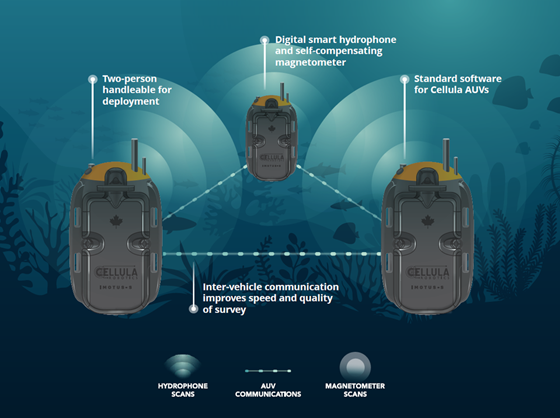
The trials stemmed from a contract in July through Innovative Solutions Canada’s Testing Stream to build and test the system, offering the capability for deployed vessels to easily monitor their signature in a timely manner without having to leave station. It derives from Cellula’s existing commercial Imotus AUV and is configured with an Ocean Sonics hydrophone and an Ocean Floor Geophysics self-compensating magnetometer.
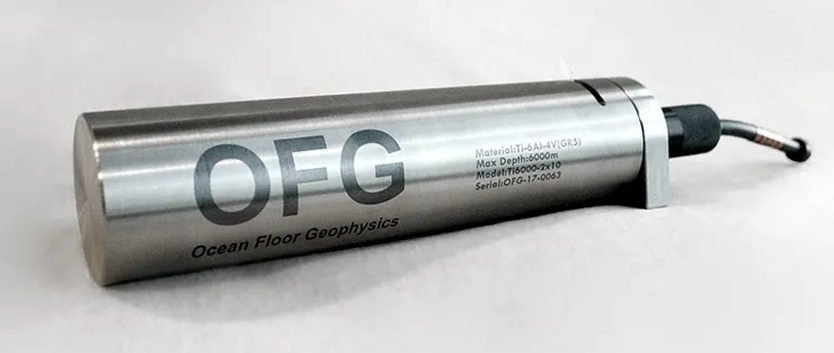
OFG’s magnetometer system can operate with the sensor mounted inside an autonomous subsea vehicle to acquire high resolution magnetic data that is automatically compensated and corrected to remove the effects of the vehicle in the magnetic field. Its internally mounted magnetometer and propriety software help users avoid the data discrepancies and operational challenges that result from towed or pole-mounted magnetometers. Also headquartered in Burnaby, OFG develops complex sensor systems for subsea surveying of offshore wind farms, oil and gas, defense and minerals industries with its team of engineers and geoscientists.
“We are thrilled to be working with the Department of National Defence on testing our solution that will complement and extend current vessel signature management capabilities,” said Nichols. “With only two fixed ranges in Canada, Cellula hopes to reduce operational constraints where ships must travel to a range for measurement.” The test program for the Imotus-S system will allow for data obtained to be compared to traditional range measurements and pave the path to a shipborne, containerized solution in the form of a fleet currently under development at Cellula.
Cellula specializes in the design and production of subsea robotic systems. It employs 70 staff with a dedicated team of highly skilled engineers, designers and technicians serving defense, mineral exploration, and oil & gas industries. See www.cellula.com and www.oceanfloorgeophysics.com.

